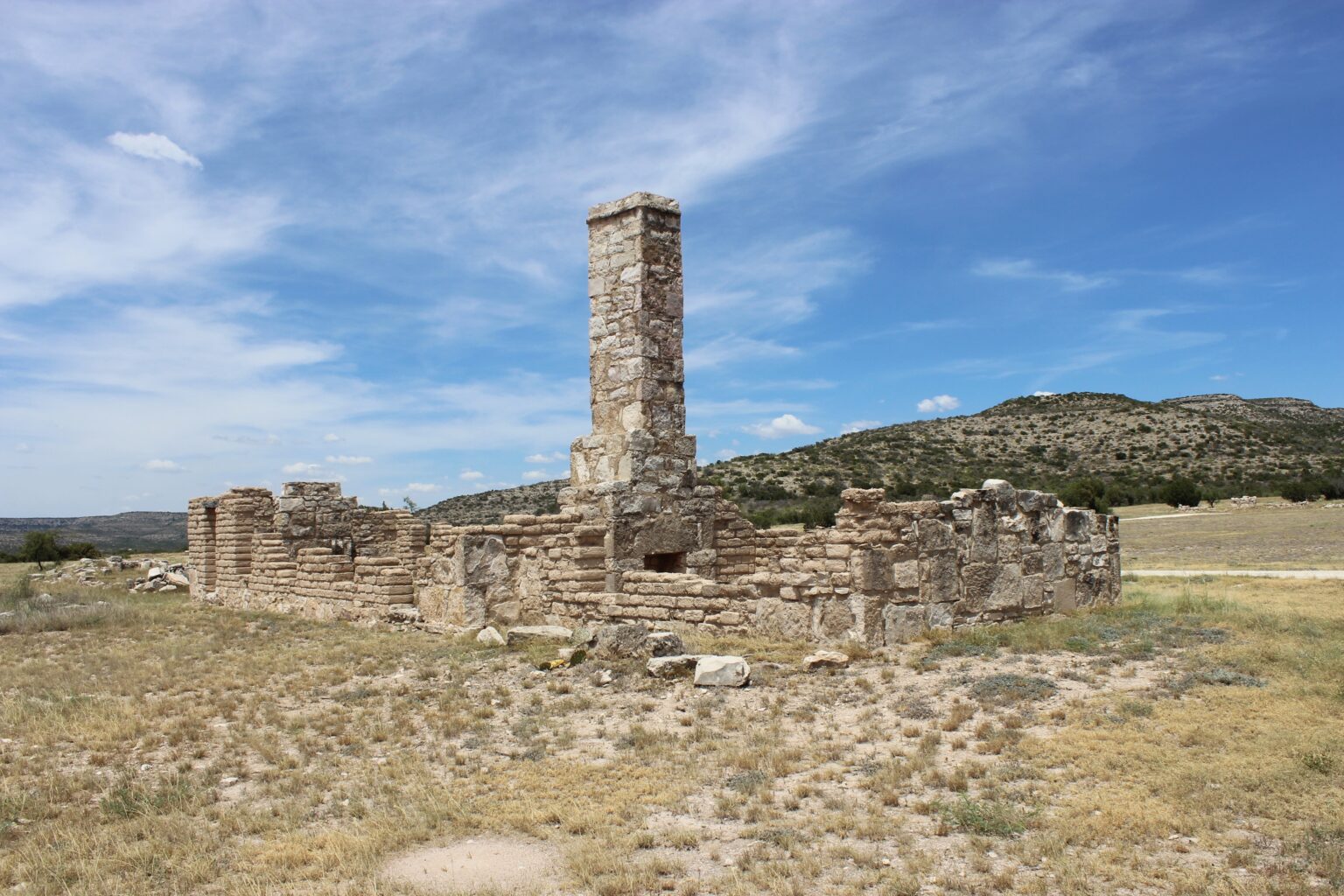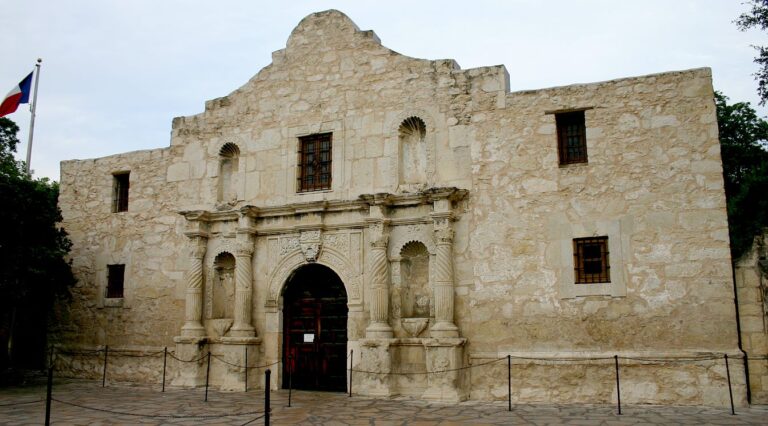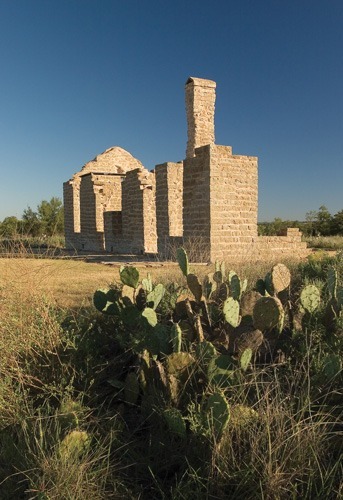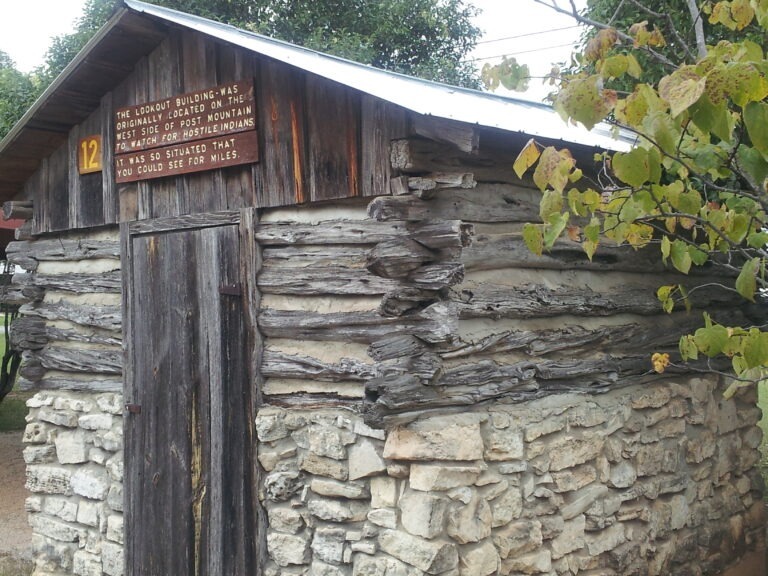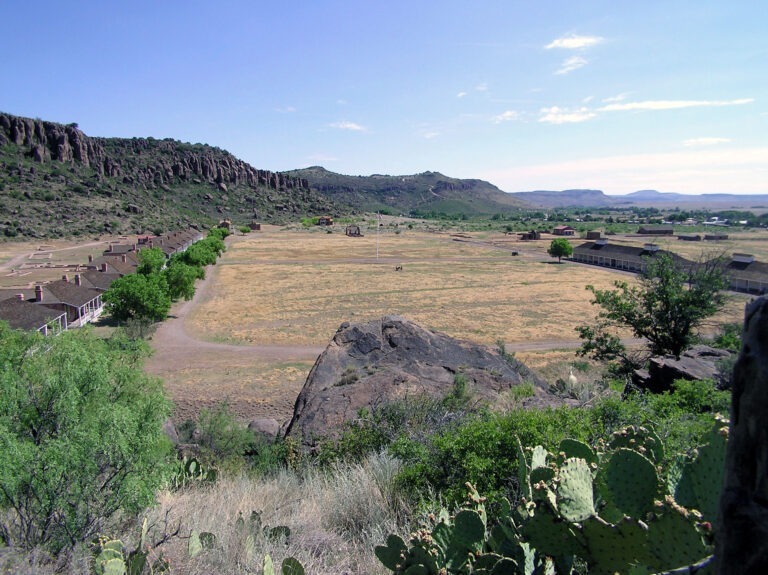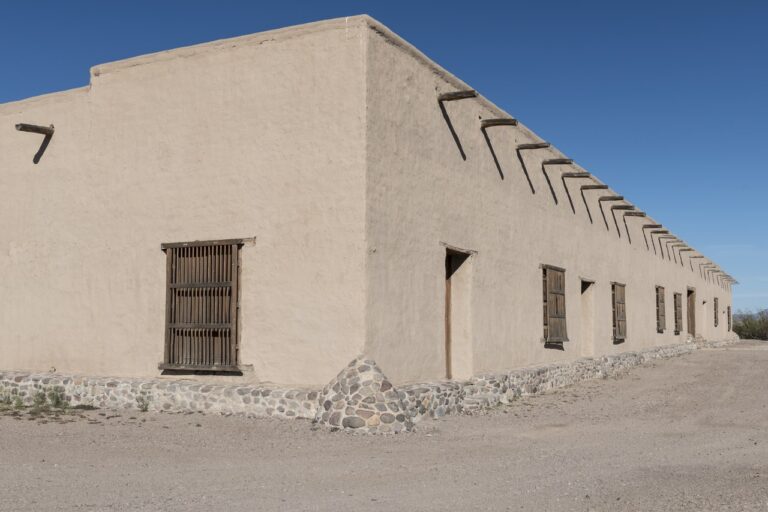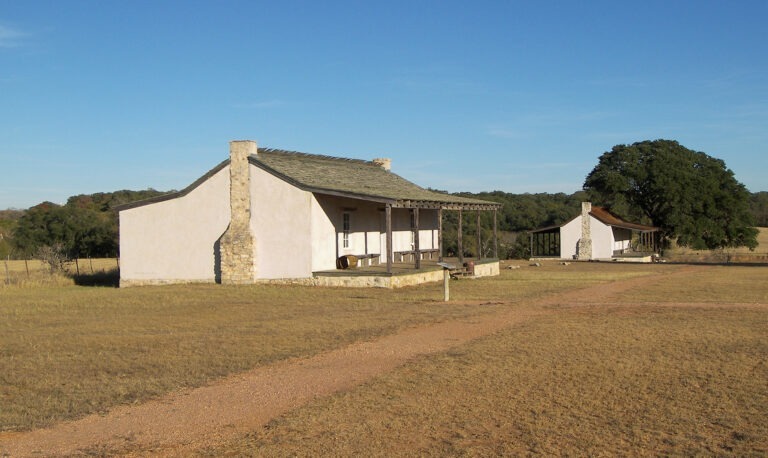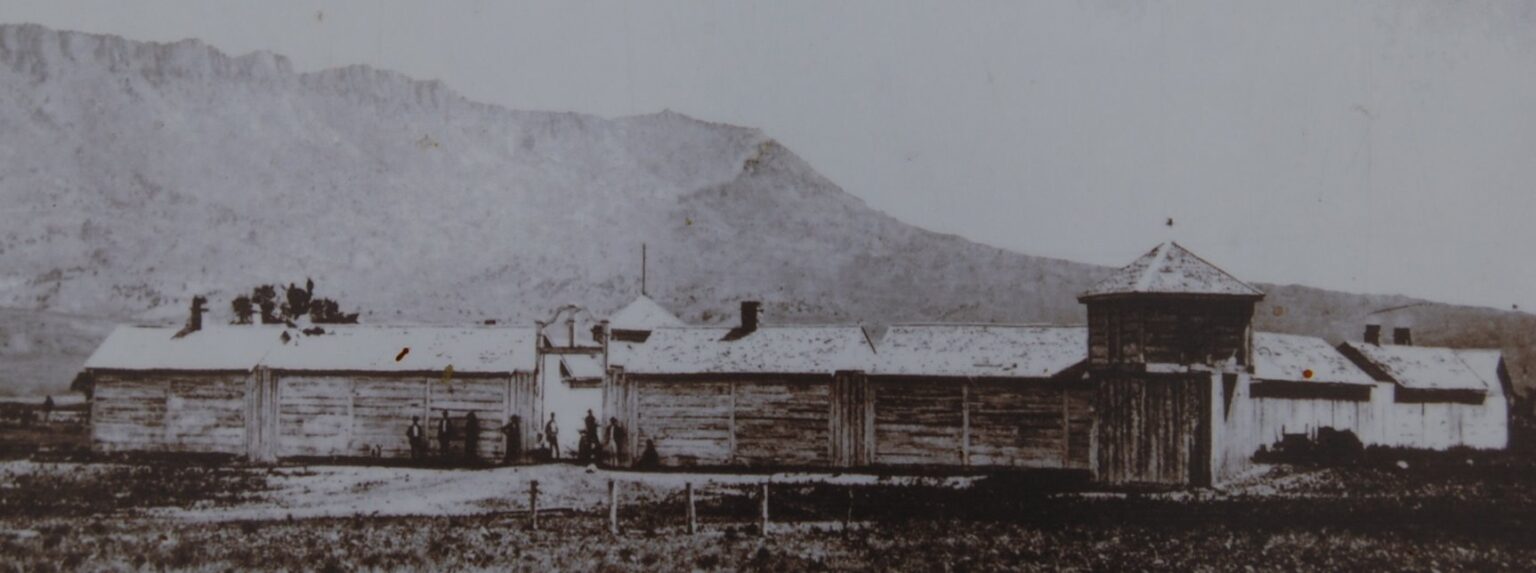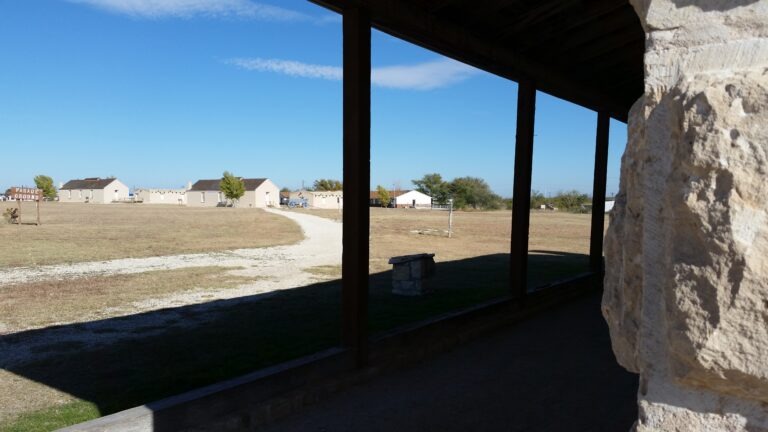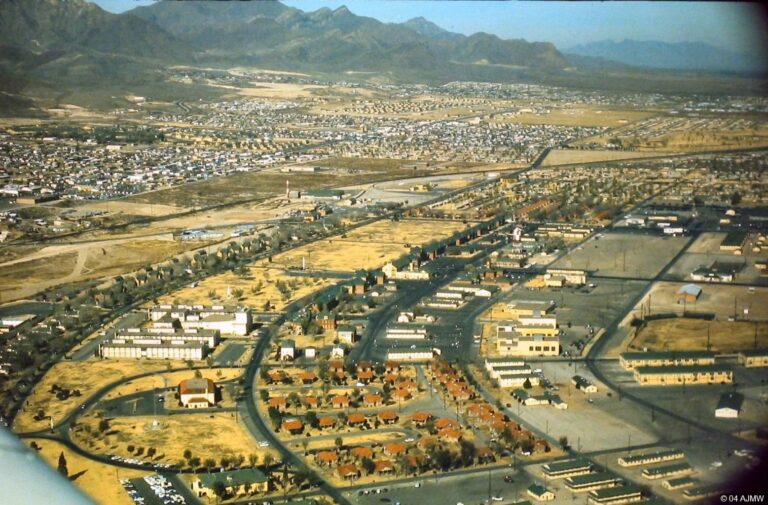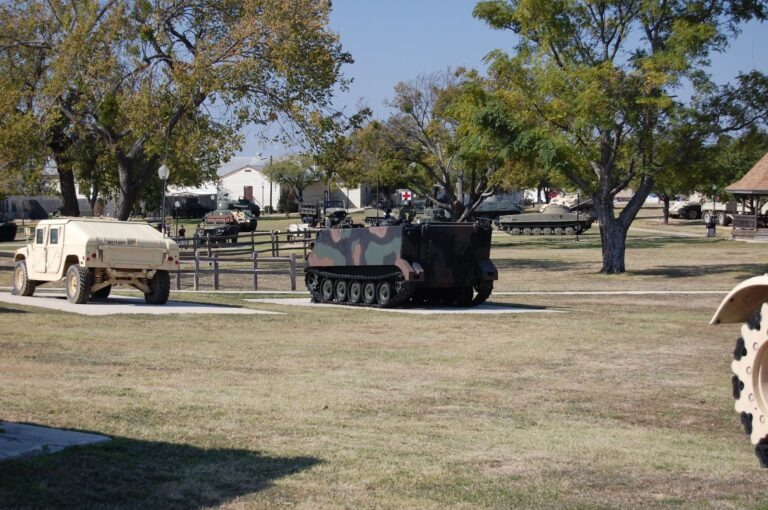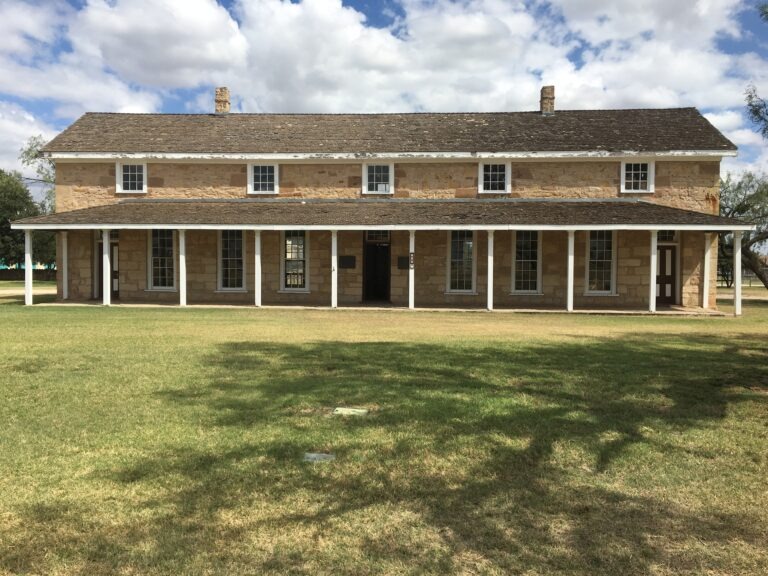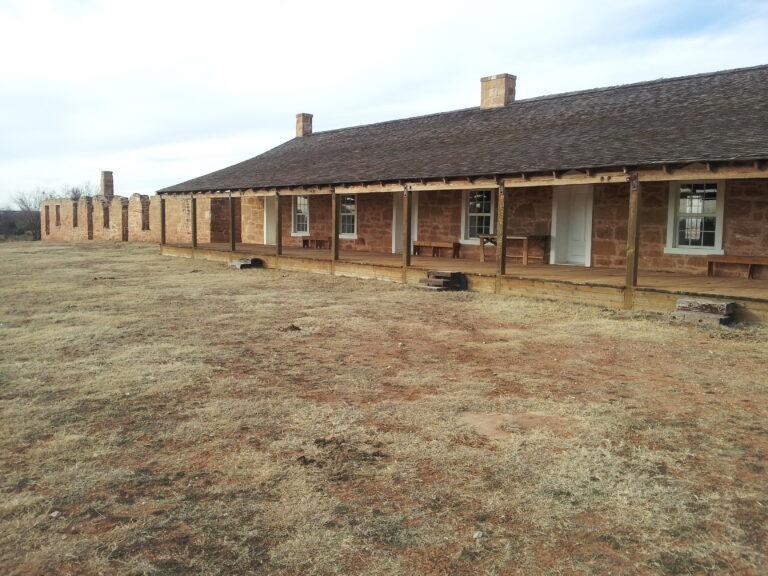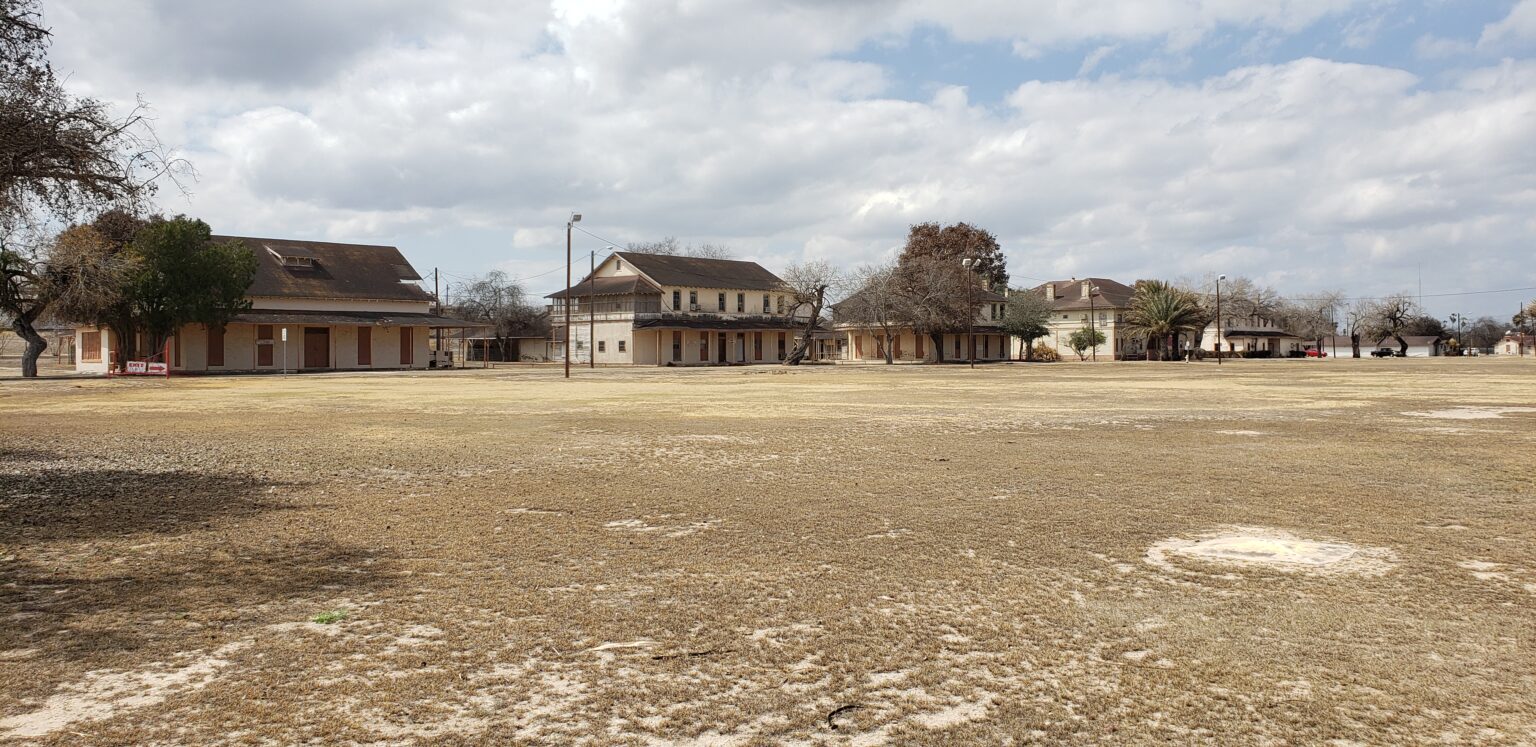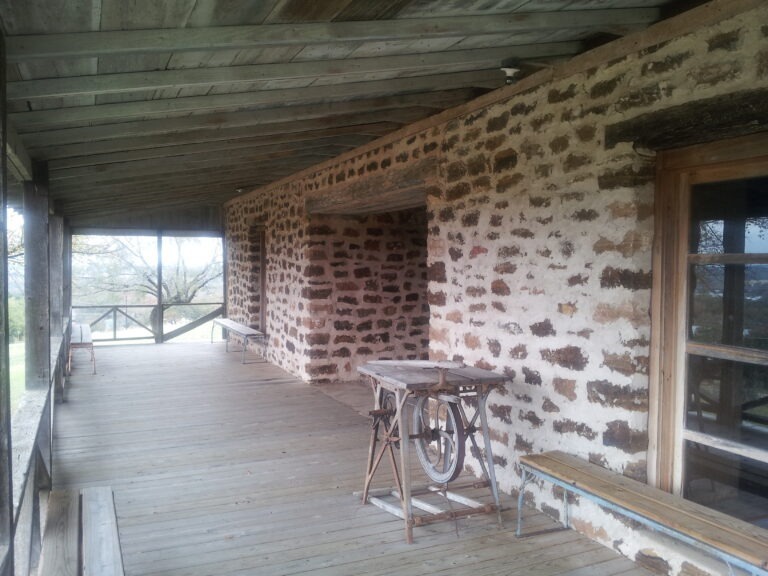There are several historical and operational military installations among the Forts of Texas. Throughout more than 200 years, numerous groups battled one another for access to or control of the territory that is now Texas. The European powers of Spain and France and the continental countries of Mexico, the United States of America, the Republic of Texas, and the Confederate States of America all claimed the territory and contested ownership of it.
Indigenous hunter-gatherers, farmers, herders, ranchers, colonists, settlers, buffalo hunters, traders, bandits, smugglers, pirates, and revolutionaries all fought over access to and control of the available resources.
Native American warriors, Spanish conquistadors, French cavaliers, Texas Rangers, local militias, and uniformed regular army units of Spain, Mexico, Texas, the United States, and the Confederacy enforced claims and disputes throughout history.
The Alamo
The Alamo is a famous historic Spanish mission and fortress built in what is now San Antonio, Texas, United States, in the 18th century by Roman Catholic missionaries. It was one of the earliest Spanish missions in Texas and was initially known as the Misión San Antonio de Valero. It was constructed to provide local American Indians with education once they had converted to Christianity. It is now a museum in the Alamo Plaza Historic District and a part of the San Antonio Missions World Heritage Site.
Fort Griffin
When it was at its best, Fort Griffin was the center of one of the most dangerous towns along the Texas frontier. Soldiers, gamblers, outlaws, and saloon girls all walked the town’s streets. The fort was built on a plateau overlooking the Brazos River in the summer of 1867.
Visit the grounds of the fort, situated 50 miles northeast of Abilene, and you will see remnants of the original structures like the mess hall, barracks, and administrative building, among others. Tour the ancient fort to get a sense of what life was like for people who were stationed here, then explore the two nature trails to soak up the rustic charm of northwest Texas. Then, pitch a tent at a neighboring campground on the Clear Fork of the Brazos River and experience some of the greatest stargazing in Texas. When you’re there, make sure to visit and interact with the longhorns from the Official State of Texas Longhorn Herd.
It is best to visit Fort Griffin during the annual Living History Days in October for a fully immersive experience. With military and cavalry displays, 19th-century children’s activities, and a display of Native American culture, this event brings the past to life.
Fort Lancaster
Fort Lancaster was one of the most remote outposts of its time. It was in far West Texas, in a place with rocky valleys and beautiful mountains. In 1856, it was established as an infantry station to guard the boundary highways and protect people passing through the area.
Learn the history as you explore the grounds—the ruins of the fort, which once housed up to 25 structures. And enter the visitor’s center, which houses an 1858 replica Concord stagecoach from 1858 approximately nine miles east of Sheffield. Then explore the 2.5 miles of trails, taking in the breathtaking panoramic vistas while spotting birds and other West Texas wildlife.
Fort McKavett
Fort McKavett, located on the far western end of the Texas Hill Country, is one of the best-preserved examples of a 19th-century fort in Texas. The fort, located 155 miles northwest of San Antonio on the San Saba River, patrolled the upper San Antonio-El Paso Road and played a role in the Battle of Palo Duro Canyon in 1874. The Buffalo Soldiers, notably Sgt. Emanuel Stance, the first African American recipient of the Medal of Honor, were among the garrisoned men.
Visit the fort’s 14 rebuilt structures, including the hospital, officer’s quarters, and barracks, to learn about its numerous stories. The soldiers’ rock quarry and lime kiln, as well as the spring that served as the principal source of drinking water, can all be seen.
Although the fort is open all year, catch one of its living history presentations for an inside look at how the men and women who called the fort homemade established a life for themselves on the frontier.
Fort Croghan
Fort Croghan was one of the original four forts the United States Army built in the spring of 1849. The Fort Croghan Grounds and Museum are operated by the Burnet County Historical Commission and the Burnet County Heritage Society. It is situated in the Texas Hill Country Trail Region.
Fort Davis
Fort Davis, located in West Texas, on the eastern edge of the Davis Mountains, at the mouth of a box canyon, is one of the greatest surviving examples of a frontier military stronghold in the Southwest. It was built by the United States Army in 1854 to safeguard immigrants, mail coaches, and freight wagons traveling the San Antonio-El Paso Route and the Chihuahua Trail. The National Park Service manages this historic site. The Texas Mountain Trail Region includes Fort Davis National Historic Site. Visitors can now enjoy self-guided tours, hikes, and special events that showcase the Fort’s year-round interpretive program.
Fort Leaton
Chihuahua Freighter Ben Leaton built Fort Leaton (also known as Old Fortin, El Fortin, and Fortin) to serve as his fort, trading post, and residence. A stop along the Texas Mountain Trail, Fort Leaton State Historic Site, is a must-see.
Fort Martin Scott
From 1848 until 1853, Fort Martin Scott was an active US Army garrison. During those five years, the Fort significantly impacted the social and economic life of Fredericksburg and the surrounding area. Fort Martin Scott is located in the Texas Hill Country Area.
Fort Parker
The restored Old Fort Parker pays honor to the Parker family and other pioneers who paid a high price to establish in Texas. Cynthia Ann Parker was kidnapped by Comanche Indians here on May 19, 1836. The park, which is located in the Texas Brazos Trail Region, is managed by the City of Groesback.
Fort Stockton
Camp Stockton was established in 1858 to protect and defend travelers on the roads and trails that used Comanche Springs’ enormous water supply. Fort Stockton was rebuilt in 1867 and remained in use until 1896. The Fort Stockton Historical Society manages Historic Fort Stockton, which is owned by the City of Fort Stockton and located within the Texas Pecos Trail Region.
Fort Sam Houston
Fort Sam Houston, San Antonio’s first permanent U.S. military facility, is a National Historic Landmark and the home of the Fort Sam Houston Museum. Founded in 1845, Fort Sam Houston is the ninth oldest Army installation in the United States and boasts the most significant number of historic structures on any current M.S. military installation. It is also home to the only Army medical museum in the country, the U.S. Army Medical Department Museum. The 40,000-square-foot facility tracks military medical breakthroughs and their impact on national healthcare. Fort Sam Houston, located in San Antonio, is part of the Texas Independence Trail Region.
Fort Bliss
Fort Bliss, founded in 1848, has held many places in the El Paso area. Fort Bliss, formerly known as “The Post Opposite El Paso,” is the United States Army’s second-largest station. Fort Bliss, located in El Paso, is part of the Texas Mountain Trail Area.
Fort Hood
Camp Hood was established in 1942 to train soldiers in tank destroyer techniques. Now, Fort Hood is the largest activity duty armored post in the U.S. Military Forces located in the Texas Brazos Trail Area in Killeen, Texas.
Fort Concho in San Angelo
Fort Concho in San Angelo was built in 1867 and still stands today. The Fort, which was built on the banks of the Concho River, was the regimental headquarters for some of Texas’ most famous frontier forces, like the 10th Cavalry, also known as the Buffalo Soldiers.
It has a busy schedule of festivals and events all year, like Buffalo Soldier Heritage Day and Fort Concho Frontier Day.
Fort Inglish
Fort Inglish was a popular stopping point for settlers on the Red River border. From April to September, visitors to Fort Inglish village can take a step back in time and witness demonstrations of pioneer occupations such as lye soap making, broom making, candle making, and various outdoor skills. Guests can also take part in pioneer activities like shelling and grinding maize, playing frontier games, drawing water, and washing clothes.
Fort Chadbourne
The US Army built Fort Chadbourne in what is now Coke County, Texas, on October 28, 1852, to protect the western border and the Butterfield Overland Mail route. Lieutenant T.L. Chadbourne, who was killed at the Battle of Resaca de la Palma, was honored with the name. Companies A and K of the 8th United States Infantry defended it. In the early days of the American Civil War, the Confederates took over the fort on February 28, 1861. This was before the Confederates started shelling Fort Sumter, South Carolina. From 1865 to 1867, federal soldiers took over the fort again.
Fort Belknap
Fort Belknap, in Newcastle, Texas, was founded in November 1851 by brevet Brigadier General William G. Belknap to safeguard the Texas frontier from Kiowa and Comanche assaults. It was the farthest north fort on a line stretching from the Rio Grande to the Red River. The fort served as a base of operations rather than a fortified post, and it became the hub of an extensive network of roadways, including the Butterfield Overland Mail. In honor of its critical role in safeguarding the Texas frontier in the 1850s and 1860s, the fort was named a National Historic Landmark in 1960.
Fort Ringgold
Army engineers built Camp Ringgold in 1848 atop a river cliff from which two nations can be seen. Following the United States-Mexican War, the Mexican government was obliged to relinquish its claims to land in Texas and the Southwest. Camp Ringgold, subsequently known as Ringgold Barracks, was named after Major Samuel Ringgold, who was slain in the assault of Palo Alto in 1846.
The former Fort Ringgold reservation is now the Rio Grande City Independent School District’s Administrative Campus. The fort is open to the public every day, though automobile access around the parade field is limited on weekdays. Visitors are welcome to drive into other parts of the former post. Fort Ringgold is located within the city borders of Rio Grande City, Texas, on the south side of US Highway 83, immediately east of the downtown historic district.
Fort Mason
Fort Mason was founded on July 6, 1851, in what is now Mason County, Texas. It was named after George Thomson Mason, a second lieutenant in the United States Army who was slain in the Thornton Affair during the Mexican-American War near Brownsville on April 25, 1846. From 1856 until 1861, this was the residence of Albert Sidney Johnston, George H. Thomas, Earl Van Dorn, and Robert E. Lee. The military abandoned the fort in the 1870s, and a group of local citizens repaired it in 1975. The Fort Mason Museum offers tours of the replica officers’ quarters. In 1936, the fort was recognized as a Recorded Texas Historic Landmark, with marker number 11275.

